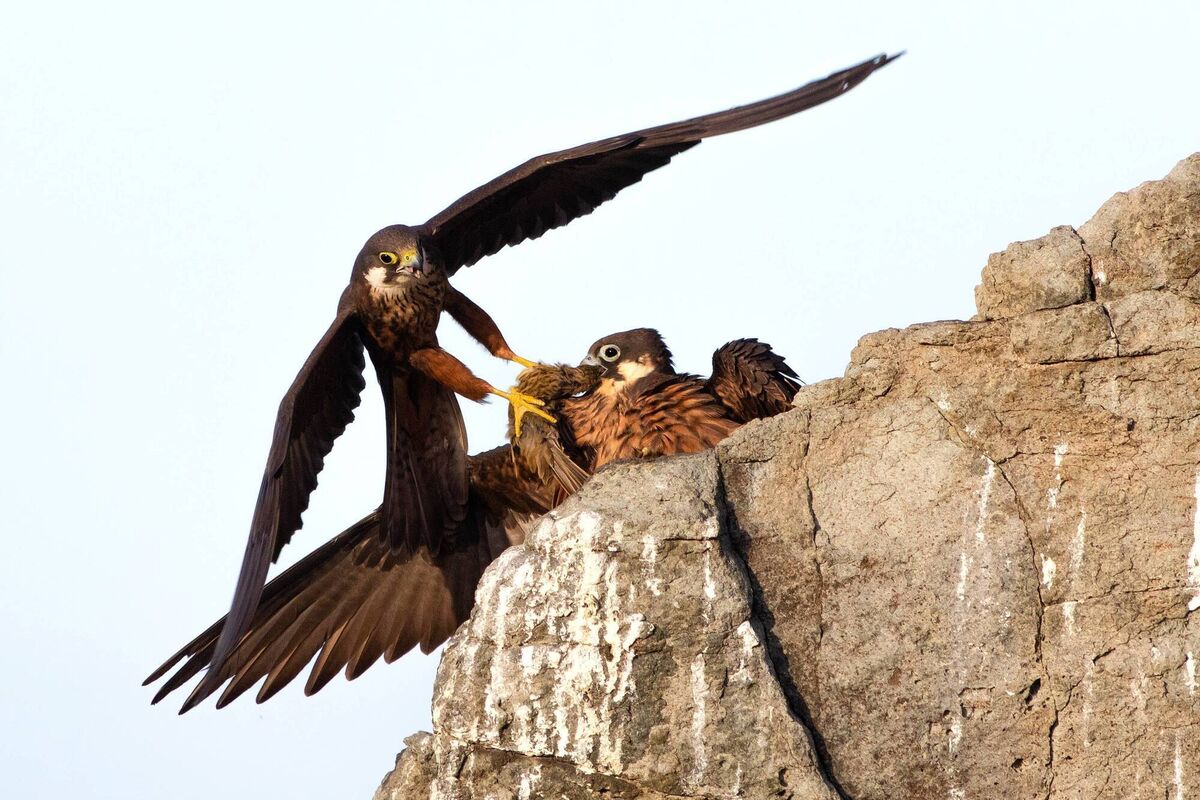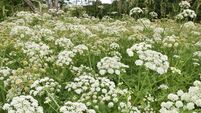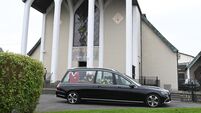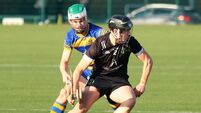A bird's 'satnav' is a wonder of nature

Michael Hogan Tipperary Bloody Sunday 1920 jersey
In an age when humans increasingly depend on satnav to get them to their destinations, bird migration is one of the true wonders of nature. As if instinctually knowing how to chart their epic journeys, millions of birds criss-cross the world at specified times of the year, looking for warmer climes in which to breed and find food.
Even very young birds seem to have inbuilt navigational systems that help them fly thousands of kilometres. They always reach their destinations.
By now, summer visitors, like swallows and cuckoos, have flown south, but innumerable geese, swans, and ducks have arrived from Iceland, Greenland, Canada, and colder points further north, to winter in Ireland.
Many of these species are of conservation concern. We’re lucky to have the wetlands to support them and to be able to see them close-up. Cork Harbour area, for example, is among the best places in the country for bird watching, with numerous viewing points.
The East Cork Bird Trail has 18 viewing locations, while Ballycotton Bay and Raffeen Creek are other good spots to see wading birds and other wintering wildfowl. More than 50 waterbird species from northerly latitudes come here for the winter, according to Birdwatch.

Usually, one of the first to touch down here is the Greenland white-fronted goose, with the first this year seen in Turlough, County Galway, on September 27, and they’ve since been coming in force.
Light-bellied Brent geese were sighted in late August, in Strangford Lough, County Down. After refuelling there, they gradually disperse around the Irish coast as the winter goes on. Initially, they feed on eelgrass and algae in the sea and then return to grasslands for a few months, before making the long journey back to Canada.
In a Birdwatch census, last January, Whooper Swans, from Iceland, were recorded in every county for the first time. All good news for these magnificent birds.
One of the most authoritative studies on bird migration has been done by Belfast man Anthony McGeehan, who says recent scientific discoveries credit birds with navigational abilities we humans can only imagine.
And offspring do not always need elders to show them the way: It all seems as natural to them as a human baby's instinct to cry.
In his book, , McGeehan says that, at the age of six or eight weeks, most young birds perform the first migratory journey of their lives alone and with the same unerring accuracy of their parents.
"Youngsters map the world from their home place (breeding site) and, even if a bird never returns there, it is unlikely to forget where it started," he writes.











